Plush Toys That Teach: How to Use Functional Toys for Learning Play
Introduction: The Educational Value of Functional Plush Toys in Learning Environments
In recent years, functional plush toys have gained significant traction as essential tools in early childhood education. Not only do these toys serve as comforting companions, but they are also designed to teach children fundamental concepts like the ABCs, counting, and emotional intelligence. As parents and educators alike seek innovative ways to make learning fun, educational plush toys have emerged as a valuable asset in fostering both cognitive and emotional development in young children. In this blog, we’ll explore how these functional plush toys are transforming playtime into valuable learning opportunities, encouraging children to interact, explore, and grow.
Teaching Features in Plush Toys
One of the key reasons educational plush toys have become so popular is their ability to engage children in active learning. These toys often include built-in features that support various learning objectives, from basic language skills to social and emotional development.
For instance, many functional plush toys are designed to teach the alphabet, numbers, and basic shapes. Toys like alphabet bears or counting dinosaurs allow children to engage in educational activities while enjoying the comfort and familiarity of their favorite stuffed animals. The inclusion of tactile features—such as buttons that light up when pressed, or fabrics that make different sounds—enhances sensory learning and helps children develop fine motor skills.
Interactive features in educational plush toys can also encourage active participation. Some toys include audio elements that play songs or pronounce letters and numbers when a child interacts with them, creating an engaging environment for learning. This interaction not only captures the child’s attention but also reinforces the concepts being taught.
Moreover, many of these toys integrate multiple learning modes, such as auditory, visual, and tactile, which help children with different learning preferences. This holistic approach ensures that the educational experience is well-rounded and accessible to all children, regardless of their individual learning style.
Benefits of Learning Play
The benefits of playing with educational plush toys go far beyond academic learning. These toys offer significant cognitive and emotional advantages, making them an essential part of a child’s early development.
Cognitive Benefits
Functional plush toys can stimulate brain activity by introducing children to basic concepts such as language, numbers, shapes, and colors. As children play with toys that teach the alphabet or counting, they not only memorize these concepts but also learn to apply them in real-life situations. By encouraging repetition, these toys help children strengthen memory retention, making it easier for them to recall and apply their knowledge as they grow.
Additionally, educational plush toys can support critical thinking and problem-solving skills. For example, toys that require children to match shapes or solve puzzles encourage logical thinking and spatial reasoning. This kind of interactive play helps develop early cognitive skills that form the foundation for future academic success.
Emotional Benefits
The emotional benefits of educational plush toys are equally important. Toys designed to teach social-emotional skills—such as identifying emotions or understanding social cues—help children develop empathy and emotional intelligence. Some toys feature characters that model emotional expressions, helping children recognize and label their own feelings.
Moreover, the comfort provided by functional plush toys offers children a sense of security and emotional support. For many children, a favorite stuffed animal becomes a source of comfort during stressful situations or new experiences, such as going to school for the first time or starting a new daycare. By combining emotional support with educational features, functional plush toys become a trusted companion in both learning and emotional development.
Practical Examples: Showcase of Successful Functional Plush Toys in Education
Let’s take a look at some educational plush toys that have been successfully integrated into learning environments and homes, highlighting their impact on child development.
Fisher-Price’s “Laugh & Learn” Series
Fisher-Price has created an impressive line of functional plush toys known as the "Laugh & Learn" series. These toys are designed to teach children letters, numbers, shapes, and more through songs, phrases, and fun interactions. For instance, the Laugh & Learn Puppy plays music and encourages toddlers to press different buttons to hear numbers and colors. The plush toy’s friendly voice and engaging features capture a child’s attention, making learning an enjoyable and interactive experience.
VTech’s “Baby’s Learning Friend”
Another popular example is VTech’s “Baby’s Learning Friend,” an interactive educational plush toy designed for infants. This soft, cuddly toy plays songs and offers positive reinforcement as children press buttons to explore letters, numbers, and animals. The functional plush toy also introduces children to animal sounds and their corresponding actions, such as jumping or clapping, which aids in physical coordination and understanding cause-and-effect relationships.
Cuddly Learning Dolls
Some educational plush toys focus specifically on social-emotional learning. Dolls like “Cuddly Learning Dolls” from MyFroggyStuff teach children how to recognize different emotions by changing the doll’s facial expressions. By helping children connect emotions with facial cues, these toys promote emotional awareness and empathy, allowing children to better understand how they and others are feeling.
Conclusion: Integrating Learning into Playtime with Functional Plush Toys
In conclusion, functional plush toys offer a fun and effective way to integrate learning into playtime. These toys have become invaluable tools in fostering early childhood development, with their ability to teach essential academic skills while also supporting emotional growth. Through the combination of interactive features and educational content, educational plush toys provide a rich, multi-dimensional experience that enhances cognitive, emotional, and social development.
As we look toward 2025 and beyond, the trend of functional plush toys will continue to evolve, with more innovative designs and features aimed at making learning even more engaging. Whether it’s through teaching numbers, emotional intelligence, or creative problem-solving, educational plush toys are here to stay as key players in children’s learning journeys. Their blend of comfort, education, and interactivity ensures that they will remain a central part of playtime for years to come.
Reprint statement of blog content: All the blog content and images are original, and copyrighted by gameplushies.com. The reprint statement must be included with our permission. Toyard is not responsible for reprinting similar content or containing trademark and other infringement reprint statements. Please contact us if there is infringement content.
Laissez un commentaire
Connectez-vous pour poster des commentaires









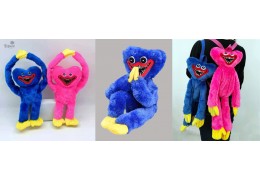
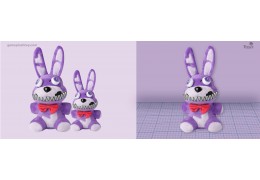
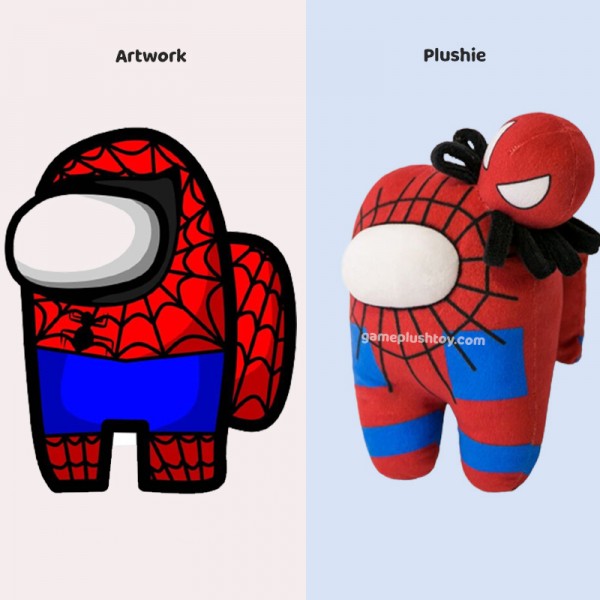
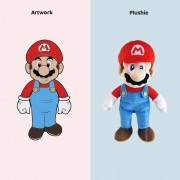





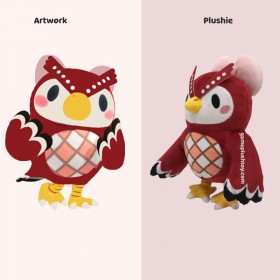




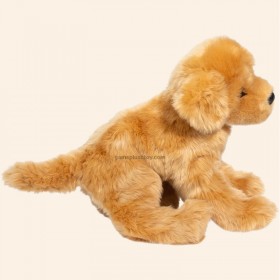



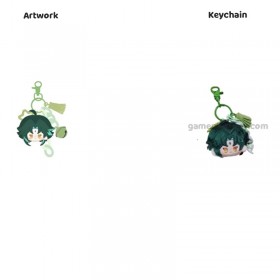


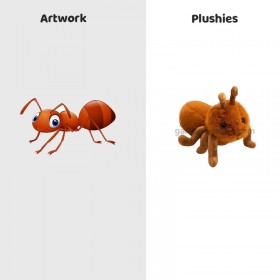


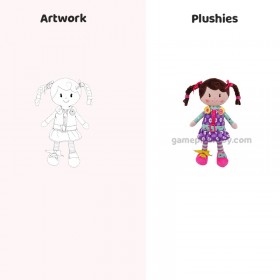
Top auteurs